Gallery
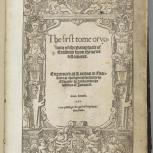 The First Tome or Volume of the Paraphrase of Erasmus vpon the Newe Testament
The First Tome or Volume of the Paraphrase of Erasmus vpon the Newe Testament
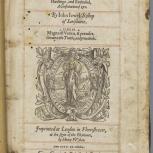 A Defence of the Apologie of the Churche of England
A Defence of the Apologie of the Churche of England
 A Nunnes Prophesie
A Nunnes Prophesie
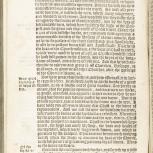 A Hundred Sermons upon the Apocalipse of Iesu Christ
A Hundred Sermons upon the Apocalipse of Iesu Christ
 A Saxon Treatise Concerning the Old and New Testament
A Saxon Treatise Concerning the Old and New Testament
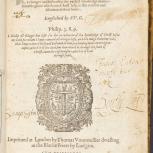 Special and Chosen Sermons of D. Martin Luther
Special and Chosen Sermons of D. Martin Luther
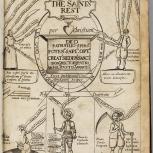 The Saints' Everlasting Rest... (Online exclusive)
The Saints' Everlasting Rest... (Online exclusive)
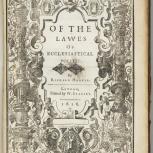 Of the Lawes of Ecclesiastical Politie: Eight Books (Online exclusive)
Of the Lawes of Ecclesiastical Politie: Eight Books (Online exclusive)
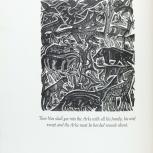 The Chester Play of the Deluge
The Chester Play of the Deluge
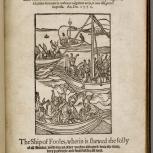 Stultifera Nauis = The Ship of Fooles
Stultifera Nauis = The Ship of Fooles
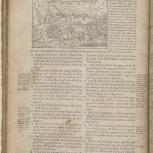 The Bible and Holy Scriptures Conteyned in the Olde and Newe Testament
The Bible and Holy Scriptures Conteyned in the Olde and Newe Testament
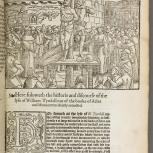 The Whole Workes of W. Tyndall, Iohn Frith, and Doct. Barnes...
The Whole Workes of W. Tyndall, Iohn Frith, and Doct. Barnes...
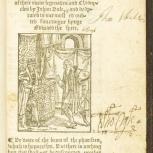 The First Two Partes of the Actes...
The First Two Partes of the Actes...
Prior to the Reformation, communication had primarily been oral and visual. Levels of literacy beyond the educated elite were low, Latin was the dominant written language of church and state, and the manuscript culture limited the spread of ideas. Important religious information was transmitted at a local level through sermons in church, reinforced through mystery or morality plays performed on carts, and supplemented by proclamations regarding religion read aloud in market places or local courts by an official. Printing had been introduced into England in 1476 but at the beginning of the sixteenth century was limited to some half-dozen printers, who between them published fewer than sixty titles in 1500.
The Reformation transformed this situation, and the communications revolution it inspired was driven by London. First, the twenty or so printers operating in the city by the middle of the sixteenth century found there was a growing market for the production and dissemination of religious polemic, in particular Protestant propaganda ranging from pamphlets for the mass market to weighty tomes for the churches and universities. The total number of publications rose sharply. Public sermons, such as those preached at St Paul’s Cross, continued to be well attended and highly influential. However, the spoken word was, for the first time, captured in print and spread speedily and more widely to even larger numbers—key sermons were circulated to audiences around the country alongside new formats such as ‘penny godlies’, satirical cartoons and sensational literature, as well as standard classics of popular divinity.
Equally, rebuttals and counter-rebuttals allowed people to follow the evolving argument, rather than just hear one side; many pamphlets and books were read aloud in company, allowing more people to participate in the debate. Personal views could be expressed in print, thus enabling a far greater number of people to circulate their ideas, in the way that social media—in particular, blogs—do today.
The victory of English over Latin as the language of God in the late sixteenth and early seventeenth centuries was the result of the mass production of highly influential texts such as the Book of Common Prayer and the Geneva and King James Versions of the Bible in English, which would not have been possible without the new print technology. Rising literacy levels in all levels of society resulted from the Reformation, with both men and women being educated to ensure that they could read God’s word personally.
Yet freedom to express heterodox religious opinions could always be seen as a major threat to authority, and attempts were made to control it. All English printing had to be licensed, and monopolies granted to trusted printers for certain classes of books gave the Crown additional control. Books regarded as heretical were seized and burned, while the people behind their production and dissemination were fined, imprisoned, and sometimes burned along with their books. It is no coincidence that printers were among those who fled England during Mary I’s attempts to reverse the Protestant Reformation in the middle of the sixteenth century.
